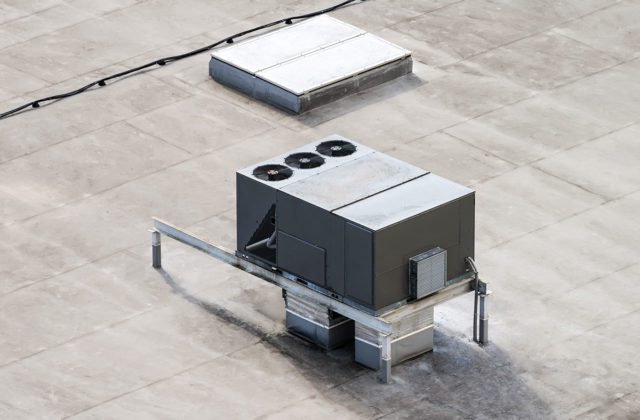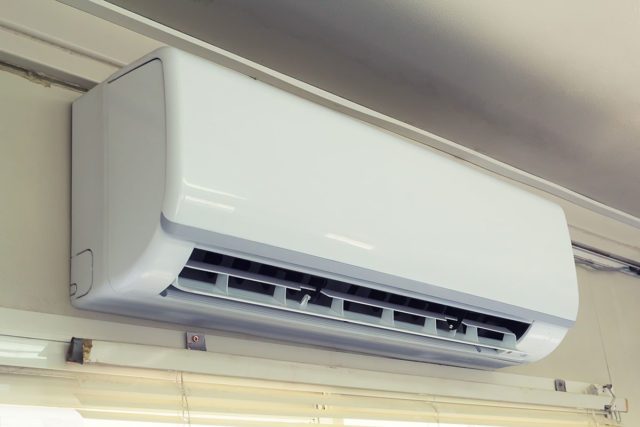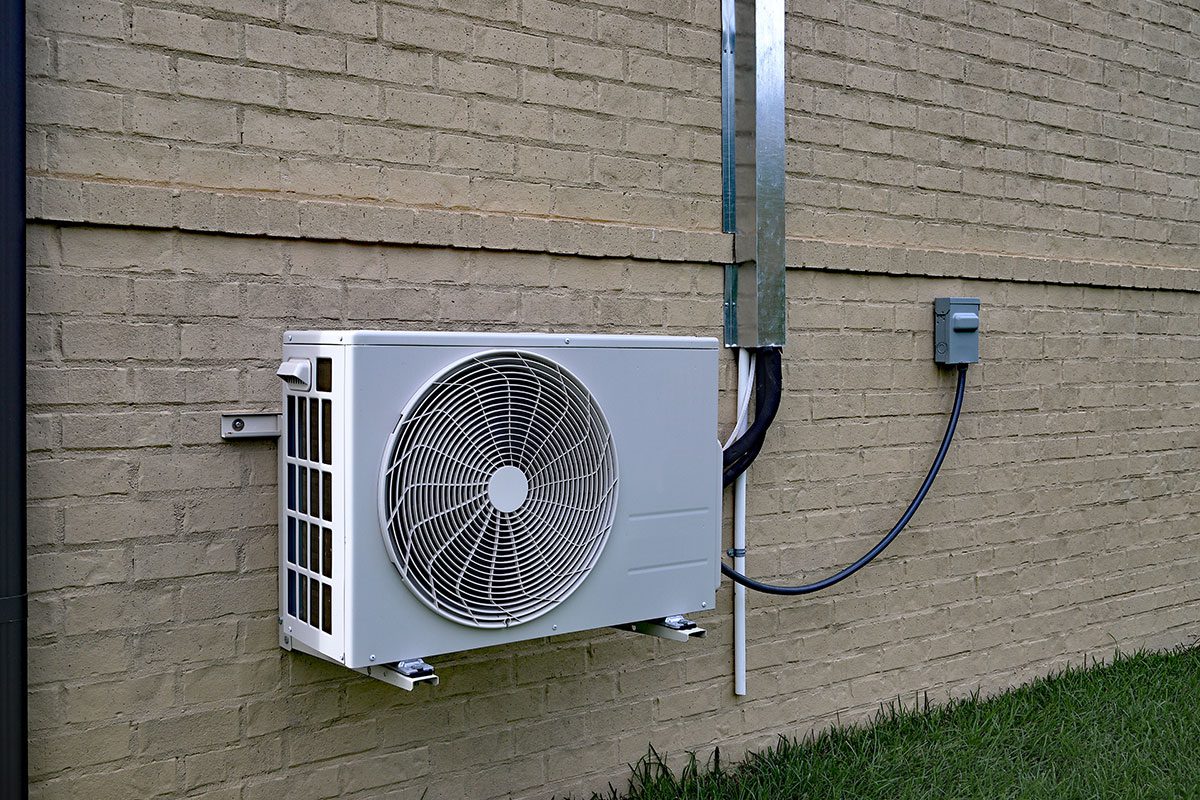Rooftop Units vs. Split AC Systems: Which is Right for Your Business?
When navigating the world of commercial air conditioning, two topics will pop up frequently: rooftop units (RTUs) and split air conditioning systems. Let’s break these down and figure out which might be your business’s perfect match.
Understanding the Differences Between RTUs and Split AC Systems
Roof Top Units (RTUs)
The rooftop unit is a singular, consolidated unit placed (as the name implies) on the building’s roof. It encompasses both evaporation and condensation mechanisms in one housing.
This centralized approach benefits larger structures, offering an efficient way to manage the cooling process while conserving ground space.
Spilt AC System
The split AC system operates with dual components: an indoor unit housing the evaporator coil and an outdoor unit containing the condenser and compressor. This system can further diversify into mini-splits (ductless) and central systems.
Mini-splits are individual units catering to specific rooms or zones, allowing for a targeted cooling approach. Central systems employ a network of ducts to distribute cooled air throughout the building.
Where Do These AC Systems Shine?
Roof Top Unit Applications and Features

RTUs are often preferable for expansive commercial environments such as large office buildings, warehouses, or retail spaces.
Rooftop units’ strengths include:
- Scalability: These systems can be augmented to ensure uniform and efficient cooling in any building, regardless of size.
- Streamlined Design: With all components housed in a single unit, RTUs offer a sleek solution that minimizes external piping and wiring.
- Diverse Energy Options: Many modern RTUs can operate on various fuel sources, such as natural gas and electricity. It allows businesses to choose the most cost-effective or sustainable option.
- Space Efficiency: By positioning the unit on the roof, establishments can utilize ground space for other vital operations or aesthetic enhancements.
- Centralized Maintenance: Technicians can access all the critical components in one location, which may result in quicker diagnostics and repairs.
Let’s look at some of the benefits of Split AC Systems.
Split AC System Applications and Features

Split systems offer even more versatility. Ductless mini-splits can be aptly suited for smaller offices or shops. Central split systems ideally fit larger structures with pre-installed ductwork.
Split AC solutions also come with a vast set of advantages:
- Flexibility in Installation: Unlike RTUs, which require roof access, split systems can be installed in various configurations, allowing businesses to position components in locations most suitable to their architecture and design.
- Zone-Specific Cooling: Businesses can target specific areas or rooms for cooling, especially with ductless mini-splits. This is invaluable for establishments like restaurants or offices where different zones might require varied temperatures.
- Energy Efficiency: Due to their ability to cool specific areas, split systems can be turned off in unused zones, ensuring energy is not wasted cooling unoccupied spaces.
- Quieter Operations: Having noisy components (like the compressor) outside means that split systems usually offer more silent indoor operations.
- Ease of Expansion: Modular by design, split systems allow businesses to expand their AC system gradually without requiring a complete system overhaul.
Of course, not all systems are alike, and each offers a reason not to use them.
What Are the Downsides of RTUs and Split AC Systems?
No piece of equipment comes without disadvantages and potential challenges. RTUs and split systems are no exception. It is essential to weigh these drawbacks to make an informed decision.
Rooftop Unit (RTU) Downsides
Rooftop units often demand a higher upfront investment. Their location on the roof makes regular servicing harder, especially during adverse weather.
Another concern is energy efficiency: when distributing cooled air through expansive commercial areas, there could be energy losses, especially if the ductwork or insulation isn’t top-notch.
Split AC System Downsides
On the other hand, split AC systems are sometimes harder to install. Connecting indoor and outdoor units may cause interruptions to regular business operations. Maintenance may be tricky as well.
If a premise employs several split systems, technicians must service multiple indoor and outdoor points. Speaking of the latter, outdoor units must be placed in areas free from potential obstructions or hazards.
To meet these conditions, you may need to build additional protective structures.
Which AC System Suits You Better?
Here are four factors you should consider when choosing between a rooftop unit and a split AC system:
- Space Size: RTUs, with their substantial cooling capacities, are tailor-made for broader commercial footprints.
- Existing Infrastructure: An existing ductwork framework is a green flag for integrating central split systems seamlessly.
- Budget: While RTUs carry a heftier initial price tag, they might offer better long-term value for larger spaces. Ductless split systems can be more cost-effective for smaller establishments or those with distinct cooling needs in different zones.
- Aesthetic and Spatial Considerations: While RTUs preserve ground aesthetics, split systems offer flexibility in interior design and space optimization.
Need HVAC Professional Help?
While understanding the fundamental differences between RTUs and split systems is crucial, the intricacies of HVAC choices extend far beyond basic pros and cons.
The right solution must be custom-tailored to your commercial space. There are dozens of factors to consider, including its unique architecture, operational requirements, and future growth projections. This task requires specific knowledge and vast experience.
Our team of HVAC professionals has decades of experience installing and maintaining both RTUs and split systems of all shapes and sizes. Whether you want to learn more about different types of AC solutions or discuss your next HVAC project, we’re here to help. Call us, and let’s talk!


